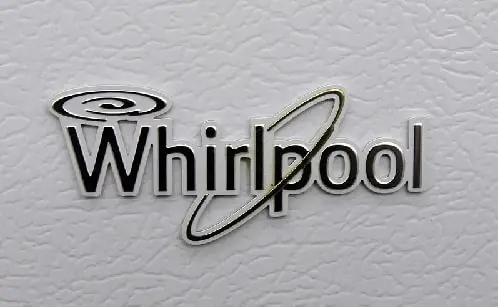Zomato is an international meal delivery and restaurant aggregator startup based in India. In 2008, Deepinder Goyal and Pankaj Chaddah started it. As of 2022–2023, Zomato offers meal delivery choices from partner restaurants in over 1,000 Indian towns and cities, along with restaurant menus, information, and user ratings. Zomato competes with Swiggy in the hyperlocal and food delivery markets.

Zomato Company Details
| Company Name | Zomato |
| Origin Country | India |
| Founded | 2008 |
| Co-Founders | Deepinder Goyal, Pankaj Chaddah |
| CEO | Deepinder Goyal |
| Headquarters | Gurugram, Haryana, India |
| Products/Services | Online Food Delivery, Restaurant Discovery, Table Reservations |
| Number of Employees | Over 15,000 (as of 2022) |
| Official Website | www.zomato.com |
History
Former Bain & Company employees Deepinder Goyal and Pankaj Chaddah launched Zomato as FoodieBay in 2008. Initially, the website served as a listing and recommendation platform for restaurants. 2010 saw them rebrand the business as Zomato to avoid a possible naming problem with eBay since they weren’t sure if they would “just stick to food”.
Does Zomato Do?
Zomato’s technological platform was introduced in 2010 and serves the needs of customers, restaurant partners, and delivery partners by connecting them. When dining out, customers utilize the Zomato platform to find restaurants, order meal delivery, reserve a table, write and read reviews left by other patrons, and upload and view images.
However, Zomato offers its restaurant partners industry-specific marketing tools that help them attract and retain customers to expand their business while offering a dependable and effective last-mile delivery service. Additionally, Zomato runs Hyperpure, a one-stop shop that provides restaurant partners with premium food and kitchenware.
Operations
- It reached Delhi NCR, Bangalore, Mumbai, Pune, Chennai, Ahmedabad, and Hyderabad in 2011 as part of its national expansion.
- It began conducting worldwide business in several nations in 2012, including the Philippines, South Africa, Qatar, the United Kingdom, Sri Lanka, and the United Arab Emirates.
- In 2013, it extended to New Zealand, Brazil, Turkey, and Indonesia, with websites and applications available in Turkish, Indonesian, Portuguese, and English.
- It was first introduced in Portugal in April 2014 and then in Lebanon, Canada, and Ireland in 2015.
Anantha Nageswaran is the chief editor and writer at TheBusinessBlaze.com. He specialises in business, finance, insurance, loan investment topics. With a strong background in business-finance and a passion for demystifying complex concepts, Anantha brings a unique perspective to his writing.


